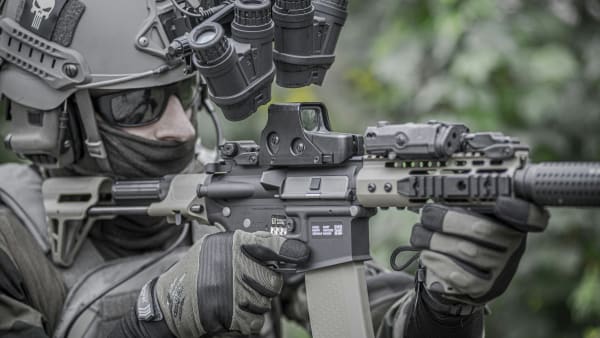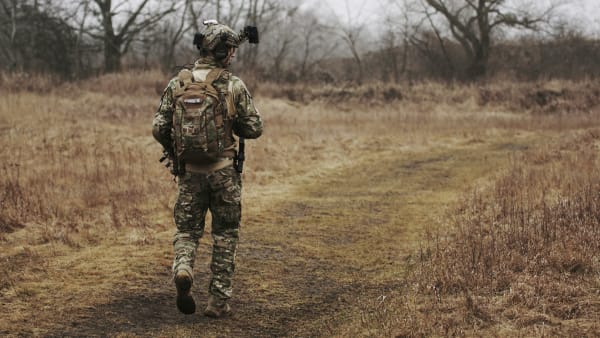When preparing for a future in the military, physical readiness is of utmost importance. Entering service with an optimal level of fitness not only improves performance but also minimizes the risk of injury. Considering this, let's explore some effective physical training tips designed specifically for military readiness.
Understanding Military Fitness Preparation
We must first understand what fitness preparation means within the context of the military. Unlike regular fitness routines, military fitness preparation focuses on the enhancement of endurance, mobility, strength, and flexibility. The ultimate goal is to prepare for varying types of physical demands that might occur during service.
Key Components of Military Fitness Preparation
There are four key areas of physical fitness that recruits should focus on when conducting military fitness preparation. They are:
- Cardiovascular endurance: The ability to engage in prolonged physical activity
- Strength and power: The muscle strength needed for lifting and carrying heavy loads
- Speed and Agility: The swiftness to move quickly and easily
- Flexibility: The freedom of movement conferred through enhanced muscle suppleness.
Let's delve into how to optimize these areas:
Improve Cardiovascular Endurance
Cardiovascular endurance plays a critical role in military fitness preparation. This type of training is about enhancing your body's ability to sustain prolonged, rigorous physical activities. It particularly improves your heart and lung efficiency, essential for field operations.
- Running: Try to include a mix of long-distance and sprinting in your routine. Aim for a distance of 2-3 miles (3.2-4.8 kilometers) during long runs and 100-200 meter sprints.
- Swimming: This low-impact cardio exercise not only improves heart health but also helps develop upper body strength. Aim for a minimum of 20-30 minutes per session.
Boost Strength and Power
Physical strength and power form the backbone of performance in military operations. It is not only about lifting or carrying heavy weights but also about maintaining strength over extended periods.
- Weightlifting: Through weightlifting, you can focus on building muscle mass and increasing overall body strength. Squats, deadlifts, and bench press are great for this purpose.
- Bodyweight Exercises: Don’t underestimate the power of bodyweight exercises. Push-ups, pull-ups, burpees, and other similar exercises can galvanize your strength, even without any gym equipment.
Enhancing Speed and Agility
Speed and agility are vital for battlefield readiness, helping military personnel swiftly adjust and respond to changing conditions.
- HIIT Workouts: High-intensity interval training (HIIT) combines short bursts of intense exercise with periods of rest or low-intensity exercises. This is particularly effective for improving speed and agility.
- Plyometrics: These exercises require you to exert maximum force in short intervals, increasing power, speed, and agility. Jumping jacks, burpees, and box jumps are some examples.
Increase Flexibility
Flexibility allows military personnel to perform a wide range of physical movements without restrictions, discomfort, or risk of injury.
- Stretching: Static stretches, such as touching your toes or stretching your arms, can improve your flexibility. Aim for 10-15 minutes of stretching after each workout.
- Yoga: Incorporating yoga into your routine can help enhance flexibility and balance, boost strength, and reduce stress levels.
Putting it All Together
A well-rounded fitness preparation for military service should integrate all areas of physical fitness. It's also essential to remember that preparation takes time. Consistent, gradual progression will lead to substantial improvements. Below is a sample weekly routine integrating all the key components:
- Monday:
- Running (30 minutes)
- Bodyweight exercises
- Tuesday:
- Swimming (20-30 minutes)
- Stretching/yoga (15 minutes)
- Wednesday:
- Rest/low-impact activity
- Thursday:
- HIIT workout (20 minutes)
- Weightlifting
- Friday:
- Running (30 minutes)
- Bodyweight exercises
- Saturday:
- Swimming (20-30 minutes)
- Stretching/yoga (15 minutes)
- Sunday:
- Rest/low-impact activity
Keep Healthy Eating in Mind
Alongside training, a balanced diet plays a crucial role in optimal performance and recovery. Ensure you're consuming a mix of lean proteins, complex carbohydrates, healthy fats, and a wide variety of fruits and vegetables. Hydration is equally important. Aim to drink at least 64 ounces (around 2 liters) of water each day, with increased intake during hotter weather or intensive training days.
The journey to military readiness is a challenging yet rewarding endeavor. By incorporating these physical training tips into your routine, you're taking significant steps towards a successful military career. Always remember: consistency is key. Soon enough, you'll witness the progress and improvements in this demanding yet rewarding journey.




